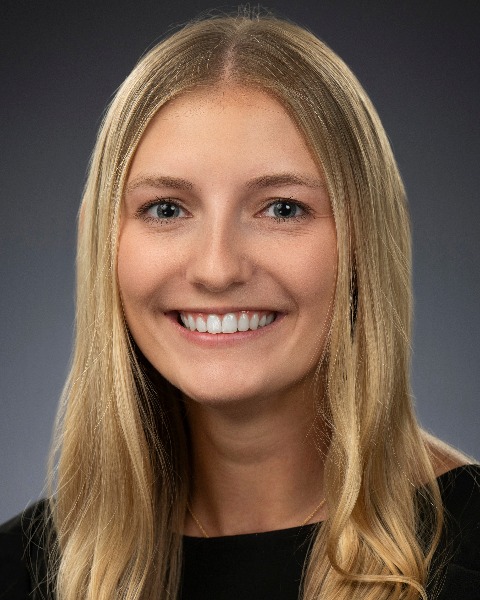Infectious Diseases 6: Infectious diseases syndromes
Session: Infectious Diseases 6: Infectious diseases syndromes
054 - Epidemiology and outcomes of wound infections and chronic osteomyelitis in pediatric patients with pressure ulcers
Sunday, April 27, 2025
8:30am - 10:45am HST
Publication Number: 54.5067
Kylie Listi, Texas Children's Hospital, Houston, TX, United States; Ankhi Dutta, Baylor College of Medicine, Houston, TX, United States; Claire Bocchini, Baylor college of medicine, Houston, TX, United States; Mary Kinsey, Texas Children’s Hospital, The Woodlands, TX, United States; Holly Oliver, PA-C, Baylor College of Medicine, Conroe, TX, United States; Krishna Yalavarthy, Baylor College of Medicine, Houston, TX, United States

Kylie Listi, PA-C
Instructor
Texas Children's Hospital
Houston, Texas, United States
Presenting Author(s)
Background: Pressure ulcers are common within pediatric patients, especially those with chronic conditions. There is little data relating to the risk of wound infections and/or chronic osteomyelitis in pediatric patients with stage 3 or 4 pressure injuries.
Objective: In our study, we sought to investigate the epidemiology and outcome of wound infections and/or chronic osteomyelitis (CO) in pediatric patients with stage 3 or 4 pressure ulcers (PU) and assess the optimum duration of therapy of antibiotics.
Design/Methods: We conducted a retrospective observational study of pediatric patients with underlying medical conditions, aged 1 month to 18 years, with unstageable, stage 3, or stage 4 pressure injuries from January 2018 to December 2023. We excluded patients if they were neonates, had been seen less than 3 times in clinic, had wounds secondary to other chronic autoimmune conditions, or had stage 1 or stage 2 pressure ulcers. Data collection included demographics, underlying diagnoses, body mass index, details related to the PU, presence of hyperglycemia, social determinants of health, wound characteristics, laboratory and imaging studies, antibiotic and surgical management, readmission rates within one year of the management of the same PU. Statistical analyses were performed using STATA.
Results: 70 of 235 patients met inclusion criteria. The most common underlying diagnosis was spina bifida with hydrocephalus (50%). Table 1 summarizes the baseline characteristics of patients. Each patient had an average of 13 encounters. Of the 31 wound cultures collected, 38.7% had a positive superficial wound culture, with the most common bacteria being Pseudomonas aeruginosa (4, 44.4%) and Methicillin Sensitive Staphylococcus aureus (3, 33.3%). 15 (35.7%) patients underwent surgical debridement and had positive intraoperative cultures. Of the 23 patients who had imaging done, 83.3% had chronic osteomyelitis. Overall, 31 (87.1%) patients who had a positive culture obtained, and 19 (61.3%) were treated with antibiotics. The most common durations of antibiotics were less than 4 weeks (47.1%) or greater than 6 weeks (29.4%). 6 patients (18%) presented to the EC and/or were readmitted for worsening of their wound.
Conclusion(s): Children with stage 3 or 4 PU are often complicated by a wound infection or osteomyelitis, especially those who are non-ambulatory. Pressure ulcers with or without CO are treated with varying durations of antibiotic therapy depending on the severity of the infection.
Table 1
Table 1BaselineCharacteristicsWoundcare.pdfBaseline Characteristics of patients with pressure ulcer Stage 3 or 4, with wound infection/chronic osteomyelitis

